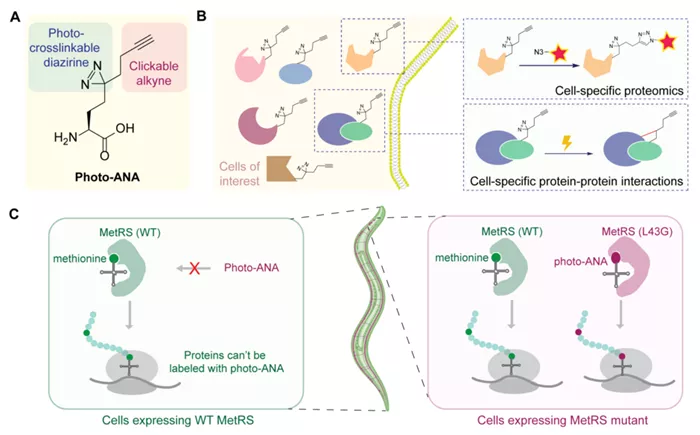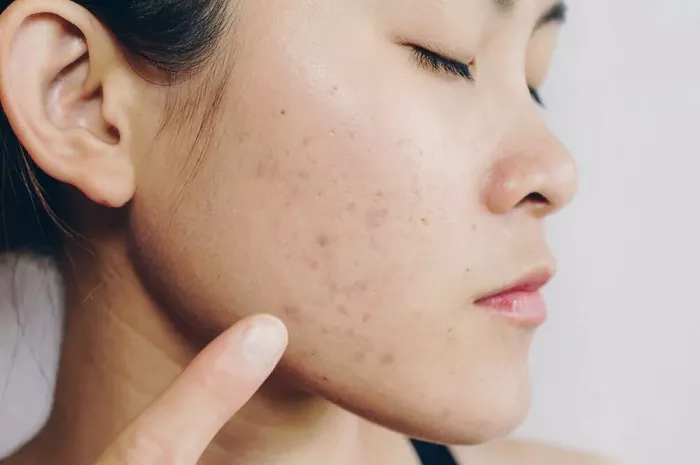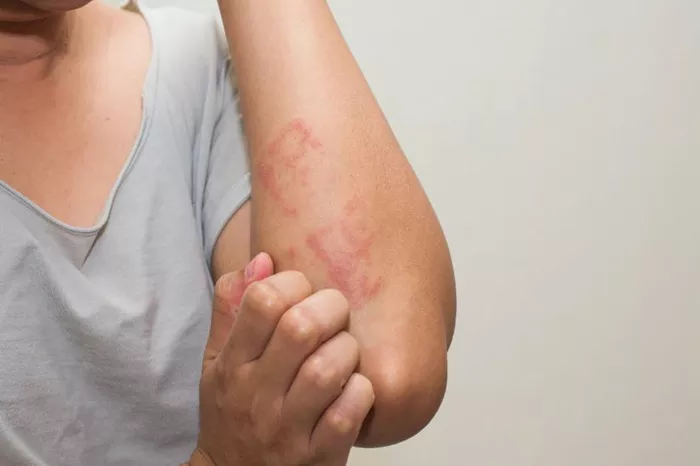As global populations age, interest in longevity—living longer and healthier lives—is growing rapidly across health, wellness, and luxury sectors. The World Health Organization projects that by 2050, the share of people over 60 will nearly double from 12% to 22%, fueling demand for new ways to extend lifespan.
Longevity now goes beyond traditional advice such as quitting smoking or exercising regularly. Increasingly, it involves high-tech and commercial solutions like biohacking devices, epigenetic testing, hyperbaric oxygen therapy, and luxury wellness hotels. Expensive skincare products branded with “longevity” claims are also becoming popular.
Two distinct approaches define the longevity trend. On one side are wealthy biohackers investing in cutting-edge treatments and tracking their biological age to slow or reverse aging. On the other side are lifestyle models inspired by “Blue Zones,” regions where people naturally live longer due to strong social connections, healthy diets, and low stress.
Longevity has also become a status symbol, reflecting a cultural shift toward health optimization and valuing sleep and wellness experiences. Luxury brands increasingly focus on offering transformational wellness aimed at prolonging youthfulness and improving quality of life.
Despite its popularity, some experts caution that the term longevity may become overused and lose impact, similar to the wellness trend. For longevity products to maintain consumer interest, they must deliver noticeable short-term benefits.
In hospitality and wellness centers, longevity is often integrated into holistic health programs rather than promoted explicitly. Emphasis is placed on nature, stress reduction, and balanced living as foundations for a longer, healthier life.
Related Topics
































